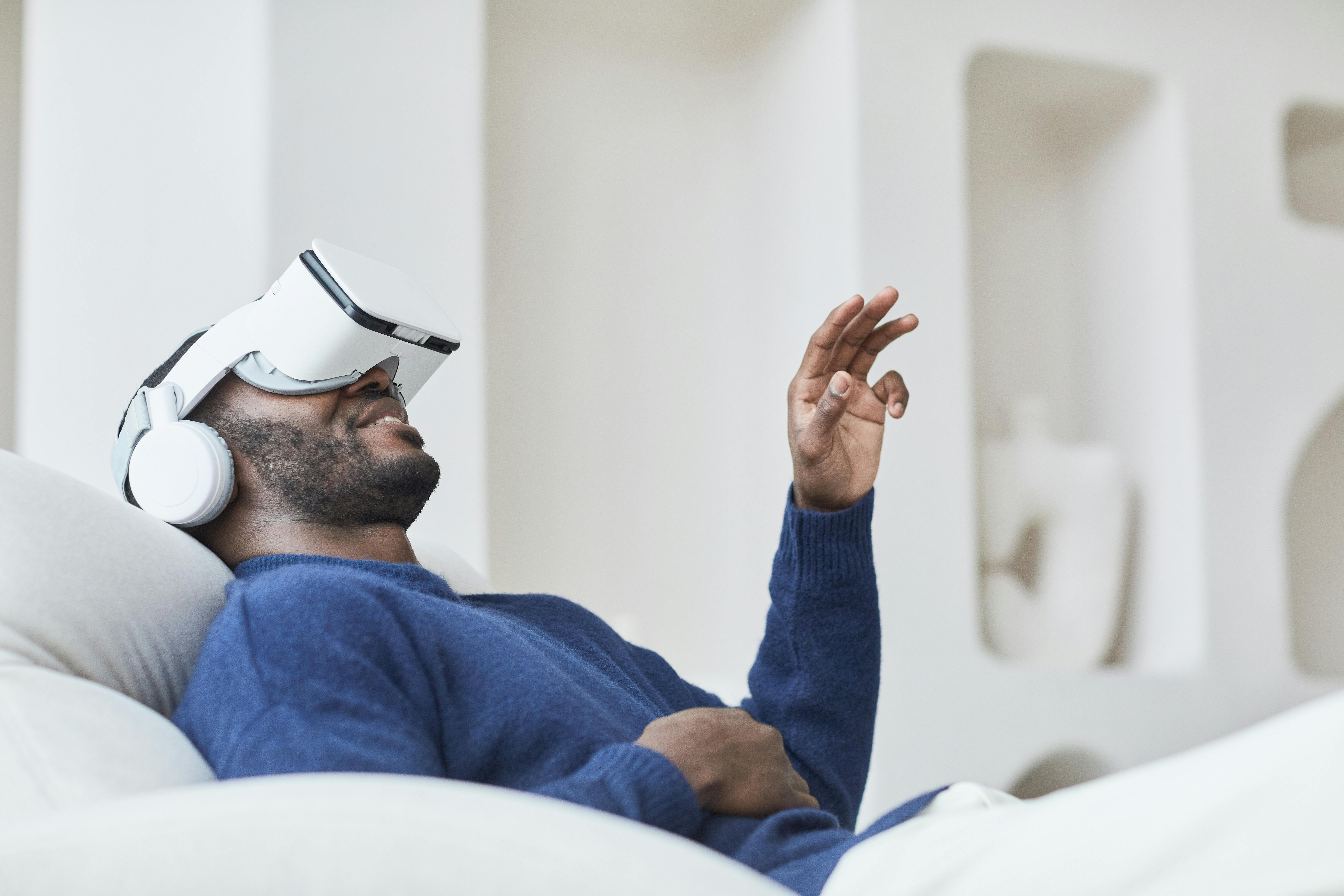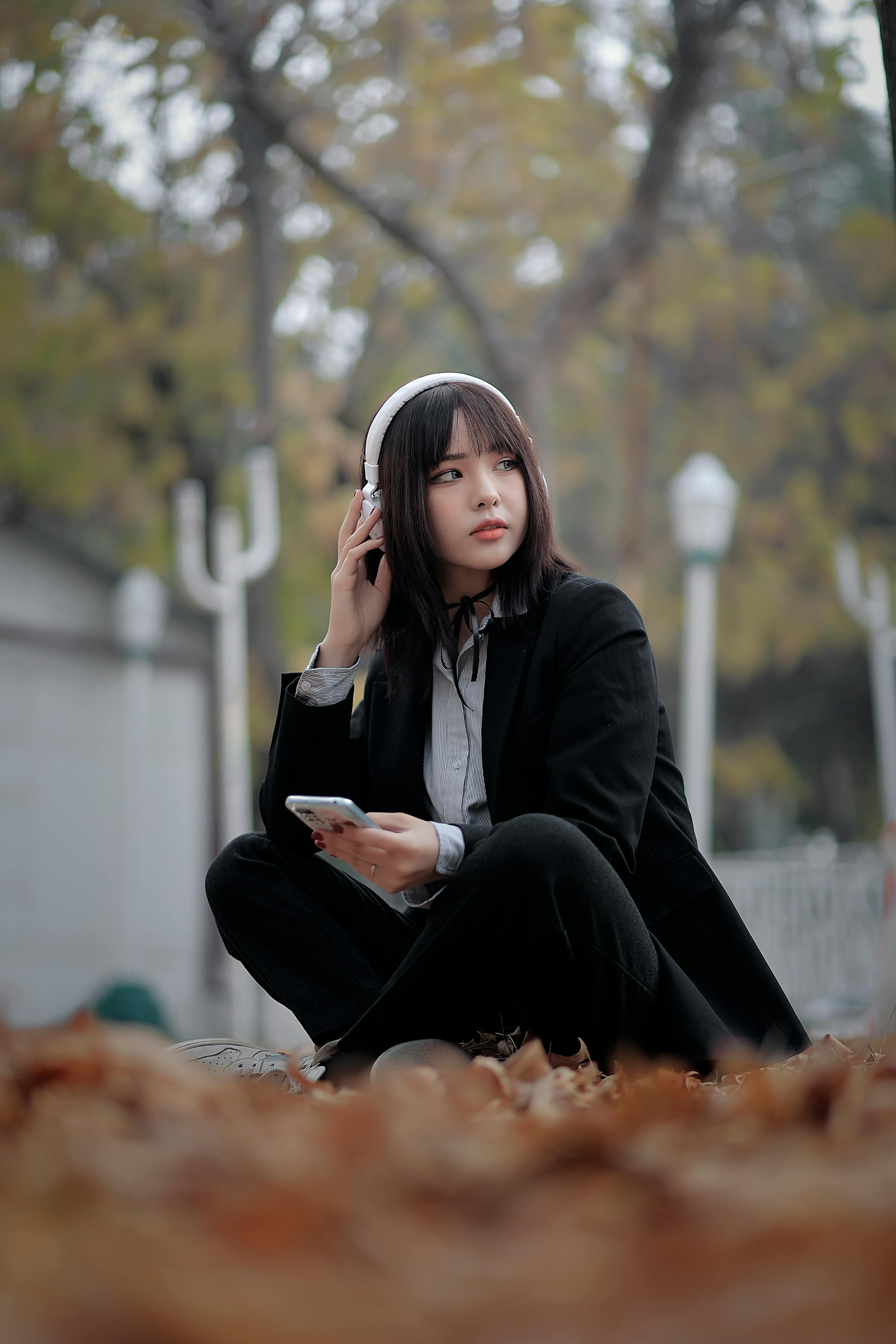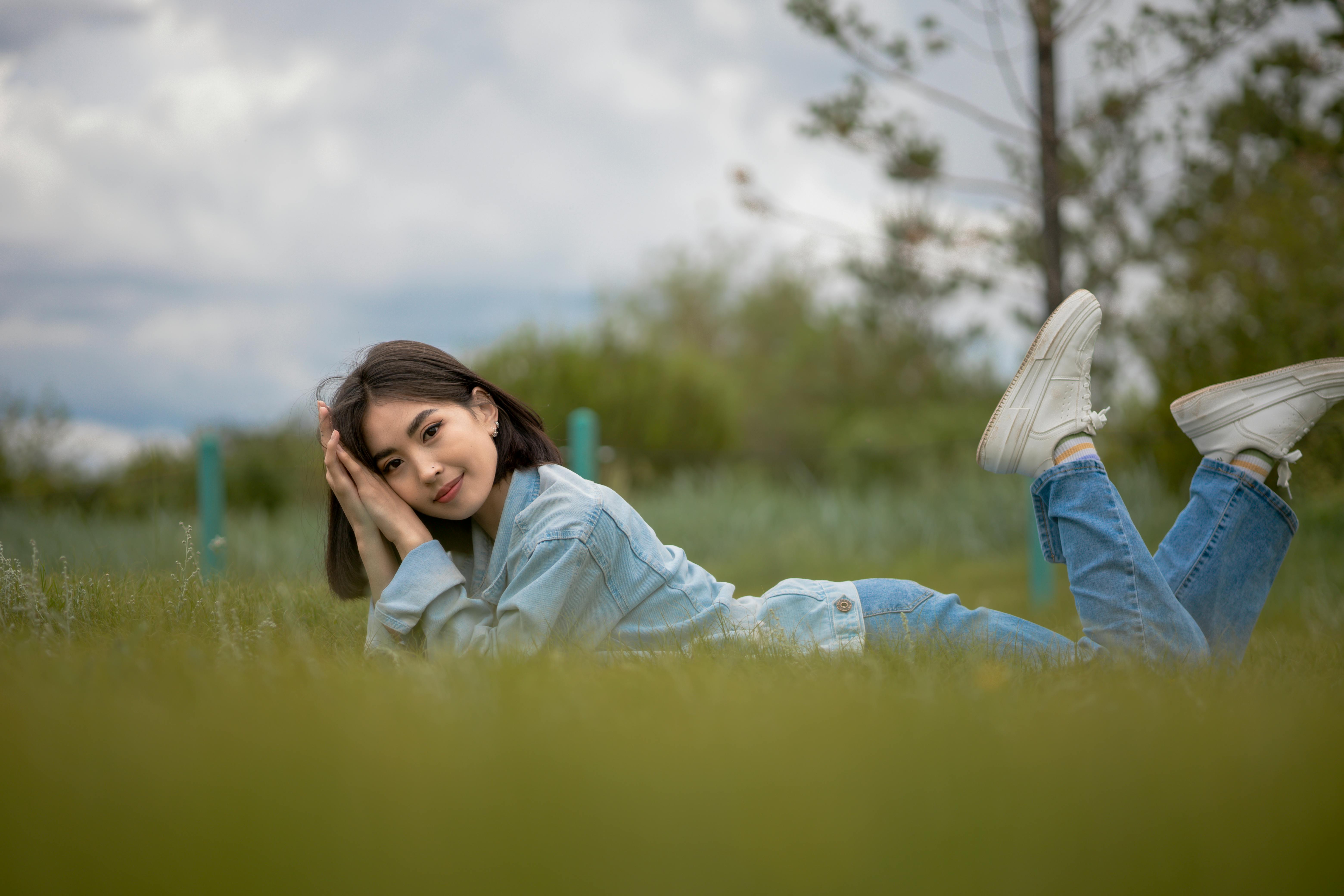Imagine a world where you have the power to transport yourself to a serene beach, a peaceful garden, or a mountain peak with just the power of your imagination. Guided imagery, a powerful relaxation technique, allows you to do just that. By harnessing the imaginative capabilities of your mind and focusing on positive and calming images, this practice helps melt away stress, reduce anxiety, and promote deep relaxation. In this article, we will explore how guided imagery can contribute to relaxation and unveil its incredible benefits for your overall well-being. So, get ready to embark on a journey of tranquility and inner peace.

Understanding Guided Imagery
Guided imagery is a technique that involves using the power of imagination and visualization to promote relaxation and a sense of calmness. It is a form of mind-body therapy that taps into the connection between the mind and the body, allowing individuals to create images in their mind’s eye that evoke feelings of relaxation and well-being. By engaging in guided imagery, you can harness the power of your mind to create a peaceful and tranquil state that can have numerous positive effects on your overall well-being.
Definition of guided imagery
Guided imagery can be defined as a practice that involves using mental images and visualizations to promote relaxation and enhance the mind-body connection. It typically involves following a script or listening to an audio recording that guides you through a series of images and prompts to stimulate your imagination. This process allows you to imagine yourself in peaceful and calming settings, helping to evoke a sense of relaxation and tranquility.
Concept and principles of guided imagery
The concept of guided imagery is based on the understanding that the mind and body are interconnected, and that our thoughts and mental images can influence our physiological and emotional states. The principles of guided imagery revolve around the idea that by using our imagination to create positive and calming mental images, we can elicit relaxation responses in the body. Through the power of visualization, we can tap into the body’s innate ability to relax, reduce stress, and promote overall well-being.
Effects of Guided Imagery on Relaxation
Reduction of stress and anxiety
One of the primary effects of guided imagery is the reduction of stress and anxiety. When you engage in guided imagery, you are guided to imagine yourself in a peaceful and calming environment. This helps to distract your mind from stressful thoughts and triggers the relaxation response in your body. By focusing on the soothing images and sensations in your mind, you can experience a significant decrease in stress and anxiety levels.
Promotion of mindfulness
Guided imagery can also promote mindfulness, which is the practice of being fully present in the current moment and non-judgmentally observing your thoughts and feelings. By engaging in guided imagery, you are encouraged to focus your attention on the vivid images and sensations you are imagining, fostering a state of mindfulness. This can help you cultivate a greater awareness of the present moment, reduce rumination, and enhance your ability to stay grounded and calm.
Enhancement of relaxation response
The relaxation response is a natural physiological process that counteracts the body’s stress response. Guided imagery has been found to enhance the relaxation response by activating the parasympathetic nervous system. When you engage in guided imagery, your body releases hormones that promote relaxation, calms the mind, and lowers heart rate and blood pressure. This overall response leads to a heightened state of relaxation, helping you to unwind and let go of tension.

Physiological Mechanisms of Guided Imagery
Activation of the parasympathetic nervous system
The parasympathetic nervous system is responsible for the body’s rest and digest response, which counteracts the fight or flight response activated during times of stress. Guided imagery can activate the parasympathetic nervous system by stimulating the relaxation response and promoting a state of calmness. This activation leads to a decrease in heart rate, blood pressure, and muscle tension, fostering a state of deep relaxation.
Decrease in heart rate and blood pressure
Incorporating guided imagery into your relaxation practices has been shown to lead to a decrease in heart rate and blood pressure. As you engage in guided imagery, your mind and body enter a state of relaxation, causing your heart rate to slow down and your blood pressure to decrease. This physiological response is beneficial for reducing the strain on your cardiovascular system and promoting overall cardiovascular health.
Release of endorphins and serotonin
Guided imagery has the potential to stimulate the release of endorphins and serotonin, which are neurotransmitters that promote feelings of happiness, relaxation, and well-being. When you engage in guided imagery and experience a sense of calmness and relaxation, your body releases these natural chemicals, contributing to an overall sense of contentment and tranquility. This release of endorphins and serotonin can also help alleviate feelings of pain and promote emotional well-being.
Psychological Mechanisms of Guided Imagery
Redirecting attention and focus
One of the psychological mechanisms at play in guided imagery is the redirection of attention and focus. By engaging in guided imagery, you shift your attention away from the stressors and worries of everyday life and redirect it towards calming and positive mental images. This redirection of attention helps to break the cycle of rumination and negative thinking, allowing you to focus on the present moment and cultivate a sense of peace and relaxation.
Creating positive mental images
Another psychological mechanism of guided imagery is the creation of positive mental images. When you engage in guided imagery, you are guided to imagine yourself in serene and tranquil settings, such as a peaceful beach or a lush forest. These positive mental images can evoke feelings of joy, relaxation, and well-being, helping to counteract negative thoughts and emotions. By actively creating and visualizing positive mental images, you can shape your inner landscape and promote a positive mindset.
Stimulating relaxation and calmness
Guided imagery stimulates relaxation and calmness by engaging the imagination and triggering a relaxation response in the body. As you imagine yourself in peaceful and calming environments, your brain interprets these images as real experiences, leading to a cascade of relaxation-inducing neurotransmitters and hormones. This stimulation of relaxation and calmness can have profound effects on your psychological well-being, allowing you to experience a deep sense of tranquility and inner peace.

Guided Imagery Techniques
Visualization
Visualization is a key technique used in guided imagery, where you use your imagination to create vivid mental images. By visualizing yourself in a specific environment or situation, you can engage your senses and make the imagery experience more immersive and effective. Visualization allows you to tap into the power of your imagination and bring to life the sights, sounds, and sensations of your chosen guided imagery script.
Sensory imagery
Sensory imagery involves engaging your senses during guided imagery. By incorporating sensory details such as touch, taste, smell, and sound into your visualization, you can make the experience more engaging and realistic. For example, if you are guided to imagine yourself on a beach, you may visualize the warmth of the sand beneath your feet, the sound of the waves crashing against the shore, and the salty smell of the ocean breeze. Sensory imagery adds depth and richness to your guided imagery practice, enhancing its effectiveness.
Symbolic imagery
Symbolic imagery involves using symbols and metaphors during guided imagery to represent emotions, experiences, or personal goals. By choosing and incorporating specific symbols into your visualization, you can tap into the deeper layers of your subconscious mind and facilitate personal growth and healing. Symbolic imagery can be a powerful tool for exploring and working through complex emotions and issues, allowing you to gain insight, find resolution, and experience deep relaxation.
Imagery Scripts and Audio Recordings
Types of imagery scripts available
There are various types of imagery scripts available for guided imagery practices. These scripts can range from general relaxation and stress reduction scripts to more targeted scripts for specific purposes such as sleep improvement, pain management, or stress reduction. Imagery scripts often contain detailed descriptions of calming environments or situations, providing guidance and prompts to help you visualize and immerse yourself in the imagery experience.
Benefits of using audio recordings
Audio recordings of guided imagery sessions can be incredibly helpful for guided imagery practices. These recordings provide a structured and guided experience, allowing you to simply relax and follow along without the need to read a script or remember the details. Additionally, audio recordings often include calming background music, soothing voices, and sound effects that enhance the overall experience and make it more immersive. Using audio recordings can make guided imagery more accessible and convenient, allowing you to engage in the practice anytime and anywhere you desire.
Guided Imagery in Relaxation Practices
Incorporation in meditation
Guided imagery can be easily incorporated into your meditation practice. By integrating guided imagery into your meditation sessions, you can enhance the relaxation and mindfulness aspects of your practice. During your meditation, you can choose to listen to an audio recording of a guided imagery session or follow a script to guide your own visualization. This combination of meditation and guided imagery can deepen your meditation experience, promote relaxation, and create a sense of inner calm and balance.
Inclusion in progressive muscle relaxation
Progressive muscle relaxation is a technique that involves systematically tensing and relaxing different muscle groups in the body to promote relaxation and relieve muscle tension. By adding guided imagery to your progressive muscle relaxation practice, you can enhance the overall relaxation response. As you progress through the muscle relaxation exercises, you can incorporate visualizations of the tension melting away and imagine the muscles becoming loose, relaxed, and at ease. This integration of guided imagery with progressive muscle relaxation can amplify the relaxation benefits and promote a deeper sense of relaxation.
Integration in deep breathing exercises
Deep breathing exercises are commonly used for relaxation and stress reduction. By combining guided imagery with deep breathing exercises, you can create a synergistic effect that enhances relaxation and calmness. As you engage in deep breathing, you can visualize each breath as a wave of relaxation flowing through your body, carrying away any tension or stress. This integration of guided imagery and deep breathing can help you establish a calming rhythm and deepen your state of relaxation and tranquility.
Research on Guided Imagery and Relaxation
Studies on the effectiveness and benefits
Numerous studies have been conducted to examine the effectiveness and benefits of guided imagery in promoting relaxation. These studies have consistently shown positive effects, including reductions in stress, anxiety, and pain levels, improvements in sleep quality, and enhancement of overall well-being. Guided imagery has been found to be a valuable tool in various populations, from individuals with chronic pain or anxiety disorders to healthy individuals seeking stress reduction and relaxation.
Comparison with other relaxation techniques
Guided imagery has been compared to other relaxation techniques, such as progressive muscle relaxation and mindfulness meditation. While each technique offers unique benefits, guided imagery has been found to be equally effective in inducing relaxation and reducing stress. The immersive and engaging nature of guided imagery, along with its ability to incorporate sensory details and positive mental images, makes it a popular choice for those seeking a holistic approach to relaxation.
Guided Imagery for Specific Relaxation Goals
Relaxation for sleep improvement
Guided imagery can be particularly effective for improving sleep quality and promoting relaxation before bedtime. By engaging in guided imagery that focuses on creating a peaceful and tranquil atmosphere, you can create a mental environment conducive to sleep. The soothing images and sensations experienced during guided imagery can help calm a busy mind, reduce racing thoughts, and promote a state of relaxation that is conducive to a restful night’s sleep.
Relaxation for pain management
Guided imagery has been shown to be beneficial in managing pain and promoting relaxation in individuals with chronic pain conditions. By engaging in guided imagery, individuals can redirect their attention away from pain sensations and focus on positive and calming mental images. This shift in focus can help reduce pain perception and promote a sense of comfort and ease. Guided imagery can serve as a valuable adjunctive therapy for individuals seeking alternative approaches to pain management.
Relaxation for stress reduction
Stress reduction is one of the key benefits of guided imagery. The practice allows individuals to tap into their imagination and create mental images that evoke feelings of peace and relaxation. By regularly engaging in guided imagery, individuals can train their mind and body to respond more effectively to stressors, develop emotional resilience, and cultivate a greater sense of calmness in daily life. Guided imagery can serve as a powerful tool for managing stress and promoting overall well-being.
Considerations and Precautions
Appropriate use of guided imagery
While guided imagery is generally safe for most individuals, it is important to use it appropriately and with caution. It is not recommended as a substitute for professional medical or mental health treatment. If you have any underlying medical or psychological conditions, it is advisable to consult with a healthcare professional before incorporating guided imagery into your self-care routine. Additionally, guided imagery should not be used as a primary treatment for severe mental health disorders or as a replacement for prescribed medication or therapy.
Potential challenges and contraindications
Some individuals may find it challenging to engage in guided imagery due to difficulties in visualization or a high level of distractibility. If you struggle with these challenges, it can be helpful to start with simple and concrete images and gradually work towards more vivid visualizations. Additionally, certain mental health conditions, such as dissociative disorders or severe anxiety, may make guided imagery less suitable or require careful guidance from a trained professional. It is important to be aware of any personal limitations and seek appropriate support when necessary.
Seeking professional guidance and support
If you are new to guided imagery or have specific concerns or goals, it can be beneficial to seek professional guidance and support. Licensed therapists, psychologists, or alternative medicine practitioners experienced in guided imagery can provide personalized guidance, develop tailored scripts, and address any questions or concerns you may have. Professional support can enhance your guided imagery experience and ensure that you are using the technique safely and effectively.
In conclusion, guided imagery is a powerful and versatile tool for promoting relaxation and enhancing overall well-being. By engaging in guided imagery, you can harness the power of your imagination to create a peaceful and tranquil mental landscape. Through its effects on reducing stress and anxiety, enhancing mindfulness, and stimulating relaxation responses in the body, guided imagery offers a holistic approach to relaxation. Whether incorporated into meditation, progressive muscle relaxation, or deep breathing exercises, guided imagery can provide a valuable addition to your self-care toolbox. With its broad range of applications, from sleep improvement and pain management to stress reduction, guided imagery offers a flexible and accessible way to cultivate relaxation and inner peace. Remember to approach guided imagery with an open mind, seek professional guidance if needed, and enjoy the journey of inner exploration and relaxation that awaits you.
